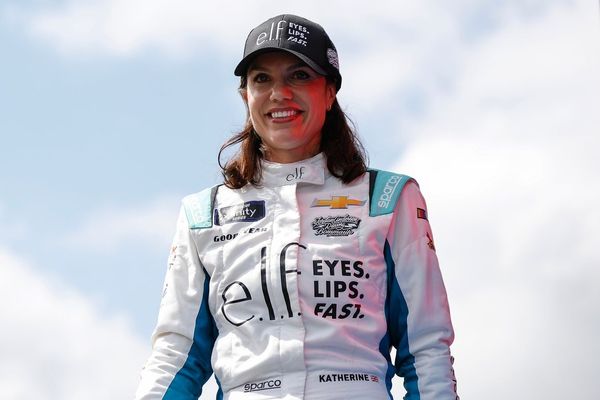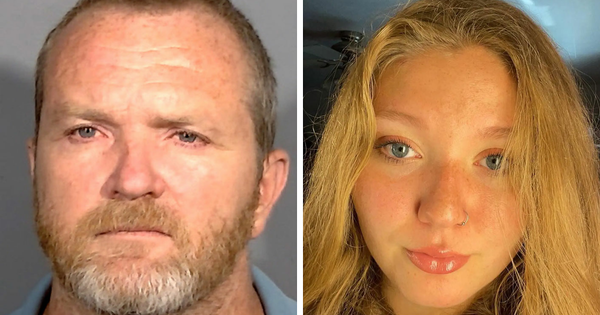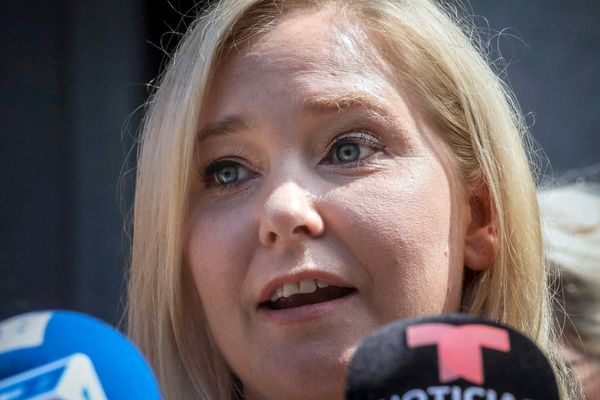
In the story of how Francis Crick and James Watson discovered the structure of DNA, the popular narrative is one of skullduggery and deceit. But now researchers say there is a twist in the tale of the double helix.
It has long been held that Rosalind Franklin’s X-ray diffraction image known as Photo 51 was illicitly shown to Watson, revealing to him that DNA has a double helix and allowing him and his colleague Crick to deduce the structure and claim the glory.
Now academics say the story should be rewritten, arguing that the image was far from the key to the puzzle and that Franklin appears to have expected her data to be shared – and was credited at the time.
“There’s no evidence that she thought she was robbed,” said Prof Matthew Cobb, of the University of Manchester.
Writing in a comment article in the journal Nature, Cobb and his co-author Nathaniel Comfort describe how their interpretation is backed up by documents unearthed from Franklin’s archive at Churchill College in Cambridge.
One, a draft article from 1953 meant for publication in Time magazine, clearly depicts the discovery as being a joint endeavour by two independent teams – Franklin and Maurice Wilkins, and Crick and Watson.
Another document from the archive, a letter to Crick from a colleague of Franklin, suggests the latter had not only discussed her various data with Crick’s supervisor but assumed he would share the knowledge with Crick.
“What it shows is that Franklin was apparently quite relaxed about this,” Cobb said.
Cobb and Comfort also obtained a programme from a Royal Society event in June 1953, revealing that an exhibit of the proposed structure of DNA was credited to both teams of researchers with Franklin listed first.
A key point, stressed Cobb, was that Photo 51, captured by Franklin and her student Raymond Gosling, was never the key to determining the structure of DNA. Instead, the success of Watson and Crick was down to trial and error with calculations and cardboard models, with the importance of Photo 51 augmented by Watson in his 1968 book, The Double Helix, to add drama to the tale of the discovery.
“If you know what the double helix structure of DNA is, amazingly you can see it in [Photo 51] but the image doesn’t tell you that,” said Cobb.
That interpretation, he added, is backed up by the fact that Franklin was an experienced crystallographer – making it unlikely she would have missed a blatant clue.
However, Cobb noted that Crick and Watson still relied on data from Franklin, Wilkins and others that was informally shared with them in order to confirm their proposed structure. A clear acknowledgment of this was belatedly made by Watson and Crick in their full description of the structure of DNA published in 1954.
What’s more, Watson’s book – published after Franklin’s death in 1958 – did little to paint her in a positive light.
“In the different versions of The Double Helix, she becomes more and more caricatured, more and more like a harridan,” Cobb said.
Prof James Naismith, the director of the Rosalind Franklin Institute, who was not involved in the article, said Franklin was not only a key player in the discovery of the double helix of DNA, but pioneered research into the structure of viruses.
“Her family often express the wish that her immense contribution to science is celebrated and that she is not portrayed solely as a woman cheated by men,” he said. “The tragedy of Rosalind Franklin is that [while] she died at 37 from cancer, her career was seen at the time as stellar.”







